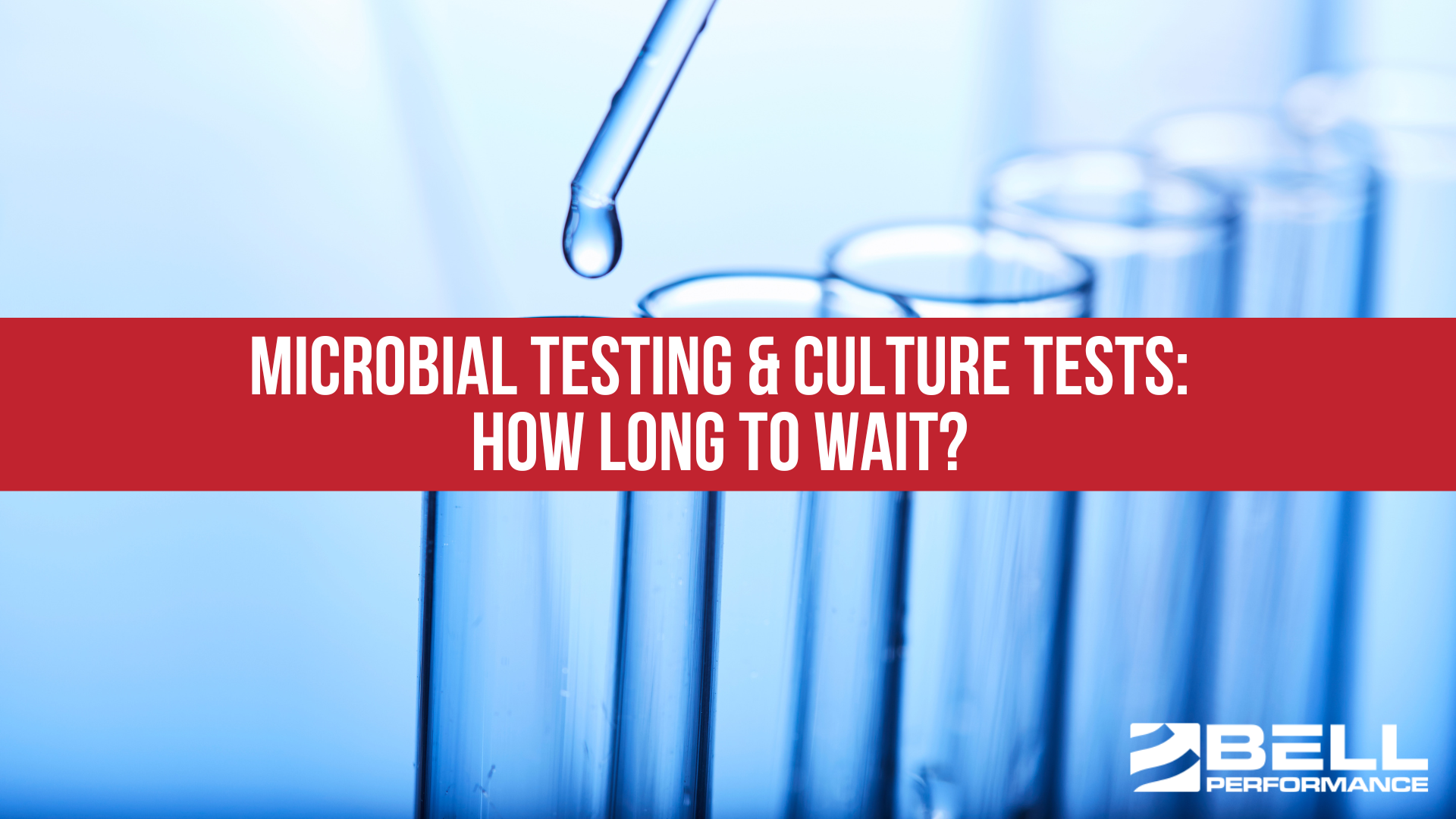Microbial Testing & Culture Tests: How Long to Wait?
With all the changes to today's fuels, microbial contamination is fast trending towards being the #1 most common problem with stored fuel. The market...

No good fuel management program is complete without a robust testing element. Remember that best practice fuel management involves chemicals, mechanical processing, and testing. Fuel testing gives you the benefit of a clearly defined problem instead of forcing you to rely on guesswork. This is especially true for the issue of microbial contamination in stored fuel and storage tanks. Microbial contamination isn't somebody else’s problem, it’s everyone’s problem - both in the sense that virtually all storage tanks have microbial contamination and that a much larger chunk of fuel problems are related to microbial activity than one might think.
One good thing about these modern times is the great options available for testing microbial content in samples. Sometimes we call them "in-field" in that they are designed to be able to be done by you, where you are at. The days of having to pull samples, package them up, and ship them to a lab to wait weeks for results are... over.
Each in-field test method has certain advantages and disadvantages relative to the others. The key is (from a best practice standpoint) to use the one(s) that best fit your test plan and your needs.
ATP testing is the best option for monitoring the condition of your fuel and fuel system when it comes to microbial presence. ATP testing with the ASTM designation D7687 (also called the ATP-By-Filtration method) provides reliable and accurate results in minutes that are highly useful because they are quantitative – they can be translated into an estimation of the microbial counts in your sample.
This ATP testing is a process that detects the amount of ATP (the molecule adenosine triphosphate) present in a sample. What does this have to do with microbial contamination? ATP is a molecule present in every living cell (because it’s essential to energy transport). That means if you have microbes like bacteria, yeasts, and molds, present in a fuel sample, you’ve got ATP present in that fuel sample. And if you isolate that ATP and measure it, you can get an accurate sense of how badly that fuel or system is infected. The D7687 ATP By Filtration method was created to help you do that.
Besides the D7687 ATP By Filtration test method, you might have seen another kind of ATP test which has the ASTM number D7463 – what some call the “ATP pen test” or some similar name. The “pen tests”, originally manufactured by Merck, predated the filtration method in the marketplace. So they’re around for a while and then the ATP By Filtration tests come along, such that some start calling the pens “first generation ATP” while the filtration ATP tests are “second generation ATP”. Strictly speaking, because of all the work that went into developing the Filtration method, a more accurate name for ATP By Filtration could be "12th generation ATP". But we admit that doesn't quite have the same ring.
If you were to try and boil down the real advantage, the biggest improvements that ATP By Filtration made are in the area of removing "interferences" and being able to change your sample size. ATP By Filtration gives more accurate results by providing a way in its test method to separate the things from the sample, like certain kinds of organic molecules) that had been shown to interfere with the accuracy of the results.
Another feature of ATP By Filtration tests is their ability to let you filter and assess larger sample sizes. The larger your sample size, the more accurate your results (concerning how close your measured results are to the actual microbial count in your tested sample). The older "ATP pens" would use a sample not much larger than 0.5 mL. A typical filtered sample size in ATP-By-Filtration might be 20 mL, but you could do 50 or 100 mL or more if you felt the need. Larger sample sizes improve the diagnostic value of your test.
These factors help make ATP By Filtration tests a great improvement upon an already-revolutionary way to assess microbial content. This kind of knowledge is an indispensable tool if you’re aiming to make the best decisions possible.

With all the changes to today's fuels, microbial contamination is fast trending towards being the #1 most common problem with stored fuel. The market...

Successfully managing stored fuel entails a lot of considerations, bringing with the territory lots of people giving advice and guidelines and best...

For many years, no matter what industry you were in, microbial fuel contamination was a guessing game. We all know microbes are out there, and it’s...